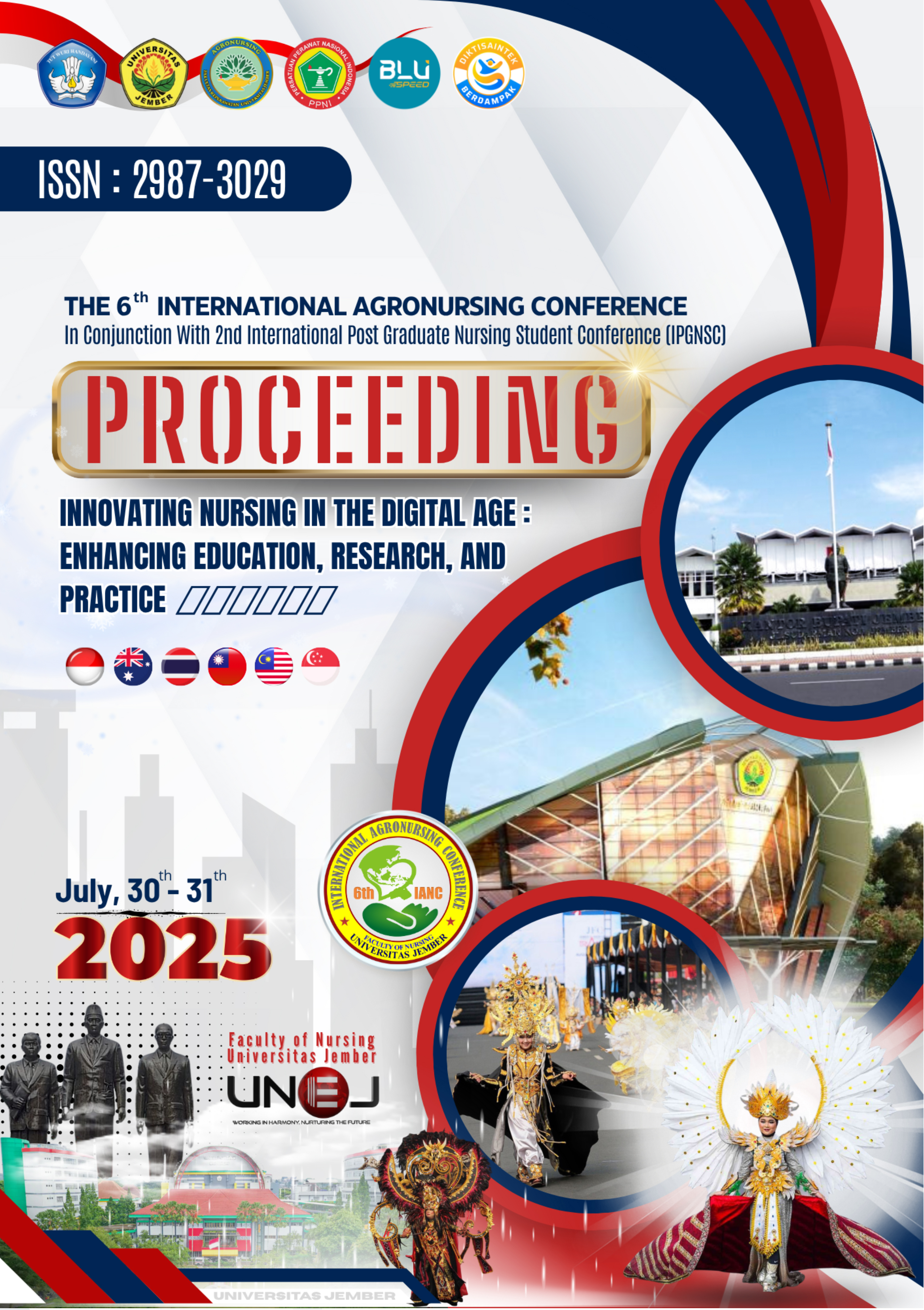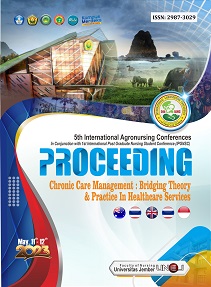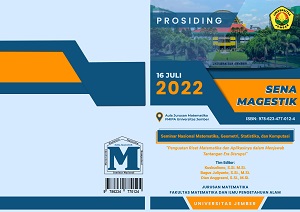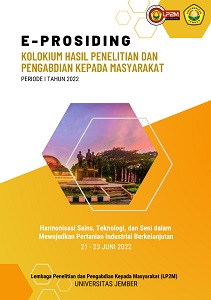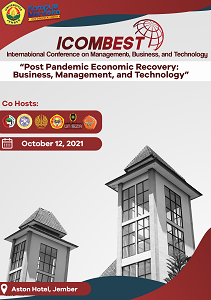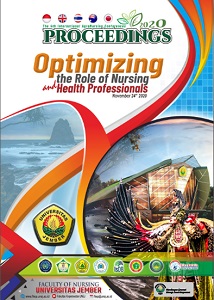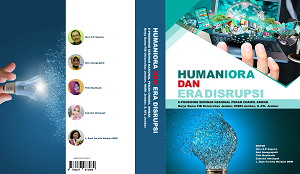AN OVERVIEW OF COMPLICATIONS IN PACEMAKER IMPLANTATION IN ELDERLY PATIENTS: A SCOPING REVIEW
Abstract
Introduction: Permanent pacemaker implantation in elderly patients is a critical procedure for managing various cardiac arrhythmias, but postoperative complications remain a significant concern. In the elderly population, the risk of complications increases due to age-related physiological changes, comorbidities, and declining functional status. This procedure is often associated with complications such as hematoma, infection, lead dislocation, and venous thrombosis. Despite this, research on complication rates in elderly patients remains limited, and there is a need for a deeper understanding of the determinants of complications as well as variability across healthcare settings. Methods: This scoping review examines relevant literature on the complication rates of pacemaker implantation in patients aged 65 and older, covering various clinical settings from January 2014 to December 2024. A literature search was conducted through the ProQuest, Wiley, and BMC databases, along with other sources. Of the 784 articles identified, 46 articles were screened for further review, and seven articles were selected for final analysis. Results: The studies reviewed indicate that while the overall complication rate following pacemaker implantation in elderly patients is low, there is variability depending on individual factors such as pacemaker type, underlying medical conditions, and the use of anticoagulant therapy. The most common complications found were hematoma, infection, and pacemaker lead dislocation. The dual-chamber pacemaker (DDD), more commonly used in elderly patients, showed a lower complication rate compared to other pacemaker types. Other risk factors, such as obesity and smoking history, also contribute to an increased likelihood of post-operative complications. Conclusion: Permanent pacemaker implantation in elderly patients is generally safe with a low complication rate. However, complications that do occur still affect the quality of life of elderly patients and require more attention in postoperative management. Further research is needed to explore the long-term impact of complications on the quality of life of elderly patients and to understand the influence of pacemaker type and risk factors in minimizing post-implantation complications.

